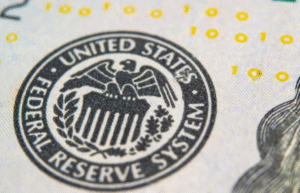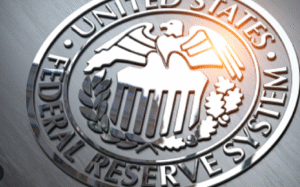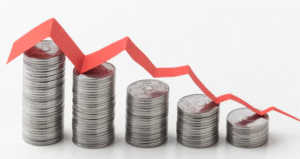$DXJ $NIKKEI $TNX
#Japan #Bonds #InterestRates #YieldCurve #GlobalMarkets #Investing #Finance #StockMarket #Economy #CentralBank #Inflation #Trading
Japanese 10-year bond yields have surged to their highest levels in nearly 16 years as expectations of a rate hike by the Bank of Japan (BOJ) gain momentum, reflecting a broader sell-off in global bond markets. Investors are increasingly speculating that Japan’s central bank will finally move away from its ultra-loose monetary policy, which has kept interest rates near zero for years. The increased pressure on Japanese bonds is also being exacerbated by rising yields on U.S. Treasuries, as sticky inflation in the U.S. has kept expectations of prolonged higher interest rates in place. As a result, the 10-year benchmark yield in Japan climbed near 1%, a level not seen since 2008, signaling a significant shift in market sentiment.
Adding to the concerns, Japan’s 30-year bond yield also moved past the critical 2.5% threshold for the first time since the global financial crisis in 2008. This reflects a broader bearish trend in the global fixed-income market, as investors demand higher compensation for holding longer-duration assets amid persistent uncertainty over inflation and monetary policy. The BOJ has remained an outlier among major central banks, maintaining its accommodative stance even as peers like the Federal Reserve and the European Central Bank have aggressively raised rates. However, with inflation in Japan staying above the BOJ’s 2% target for over a year, speculation has grown that the central bank will need to act sooner rather than later to avoid losing control over market expectations.
The recent bond sell-off comes amid rising concerns over global debt levels and central banks’ ability to engineer soft economic landings. In the U.S., the Treasury yield curve has been shifting higher across all maturities, with the 10-year U.S. Treasury yield hitting multi-year highs. This has translated into spillover effects in Japan, where foreign investors offload longer-dated Japanese bonds in response to the ever-evolving macroeconomic landscape. A continued rise in Japanese yields could have significant implications for global capital flows, as higher domestic yields might reduce capital outflows from Japan into U.S. and European assets, potentially tightening financial conditions globally.
Market participants are now closely watching for any signals from the BOJ regarding its policy path. A shift toward higher rates may prompt Japanese banks and institutional investors to reallocate capital, influencing global equity and bond markets. Additionally, a stronger yen—which could result from waning yield differentials—may impact the competitive dynamics of Japan’s export-driven economy. As bond yields continue their upward trajectory, policymakers face a delicate balancing act between supporting economic growth and preventing excessive market volatility. The coming months will be crucial in determining whether Japan’s long period of ultraloose economic policies is finally coming to an end.






Comments are closed.